| While waiting for the spring arrivals in the birding community, I wondered who might be departing in return. One of those birds would be the dark-eyed junco. Dark-eyed juncos include much of the continental United States in their nonbreeding or winter range, according to a map found on The Cornell Lab's All About Birds website. However, a small swath of their year-round range appears to travel close to Venango County. According to author and local birder Gary Edwards of Seneca in his book "Birds of Venango County", the dark-eyed junco is an uncommon resident and an abundant visitor. However, he also mentioned in the book that the border for the juncos' breeding range was very close to Venango County and had expanded over the years. This statement echoed in my thoughts. During the beginning of winter when other posters on a state birding Facebook group were heralding the juncos' arrival, I couldn't remember ever not seeing them. I will need to see if I do spot any that linger at my feeder throughout the summer. |
| I was able to photograph a couple of irruptive winter visitors this past season. The common redpoll visitor to my feeder only arrived within the past few weeks. The All About Birds site listed the redpoll as an irruptive migrant. "Common redpolls move south irregularly in winter following patterns in food supply. Along with pine siskins they are among the best known finches to do this. On a roughly two-year cycle, redpolls come far south in winter and occasionally reach the central or southern United States. The movements generally correspond to the availability of seeds," the post stated. Edwards listed the redpoll as a scarce winter visitor, but said there were "winters they were some of the birds that had irruptions into the state." |
"In irruptive years they can be common to abundant," Edwards penned.
He wrote in his book that there were 11 safe record dates (of sightings during breeding season) ... that indicate likely periodic breeding. However, he mentioned there hadn't been any records since 2015.
| Evening grosbeaks are also irruptive winter visitors. This season appeared to be a banner irruption year for them in Pennsylvania if all the posts on a state birding Facebook page was any indication. My parents' who live next door routinely reported seeing the colorful grosbeaks visiting their feeder throughout this winter. I only had one female visit my feeder during this past winter and attempted one very blurry photo. My parents' have seen the grosbeaks for about two seasons now and they continued to avoid my feeder. I continue to be upset with their avoidance. I will not write about them until they show up at my feeder at a time that is convenient for me. As the winter birds start to move on, some spring birds have started to arrive. I had a song sparrow at my feeder this past week. This is another bird that I'm not quite sure if it moved on for the winter or not. "The song sparrow is an abundant summer resident and uncommon winter resident. However a few overwinter annually," Edwards wrote in his book. |
The American robin listed as year-round resident even thought most of us think of them as a sign of spring.
The robin is an abundant summer resident and an uncommon winter visitor, according to Edwards
"Some overwinter annually when then tend to flock in forested areas," he wrote in "Venango County Birds."
There are normally a pair or two that stop over at the neighbor's pond in early spring. They haven't been spotted yet because there wasn't any open water.
| The neighbor's pond has also been a stopping place for wood ducks over the years. The wood duck according to Edwards is an uncommon migrant and summer resident. The ducks arrive in late February and has been recorded through mid-November, Edwards wrote. He also mentioned in his book reports indicated that the waterfowls' numbers have dropped across the Eastern United States. However he noted that the decline in Pennsylvania was not as significant as in other areas. Meanwhile, Edwards has a very helpful list with records of spring arrivals. There is a link posted on www.senecarocksaudubon.org. Edwards has mentioned before that these are the earliest dates these birds have been reported in Venango County. Killdeer and red-winged black birds have been seen as early as Feb. 10. The American woodcock and turkey vulture are also listed as late February arrivals. Those waiting for the hummingbirds and orioles still have a few weeks of waiting. |
That's just the nature of things 'round here.
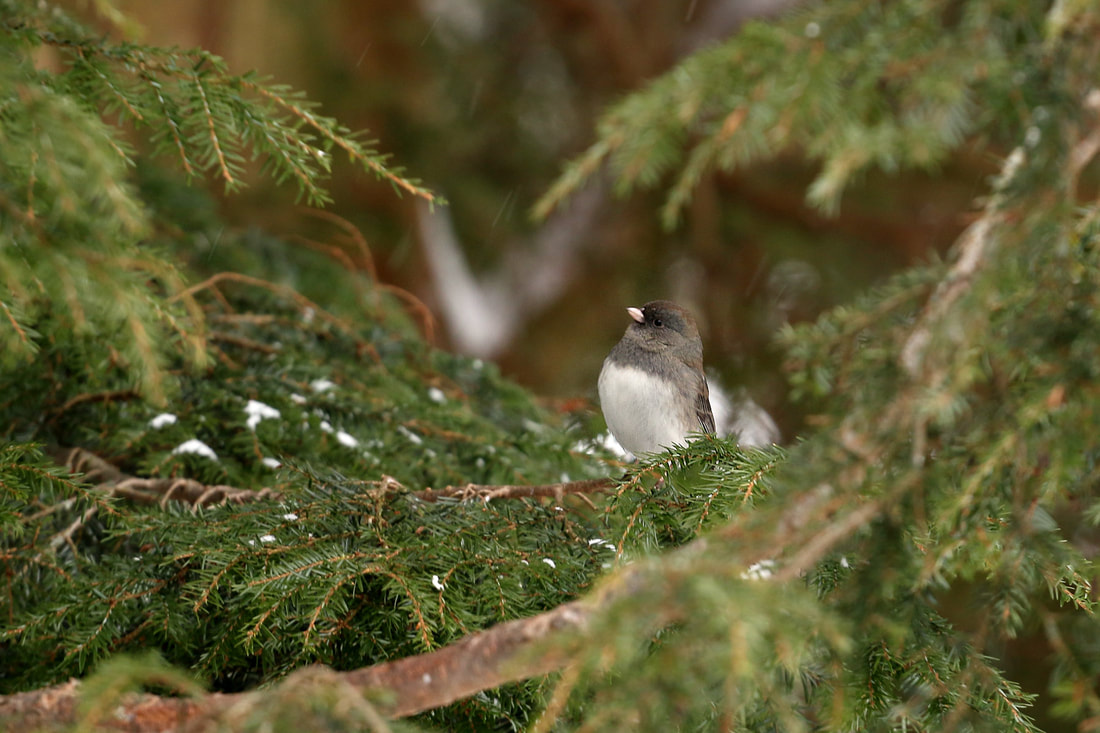
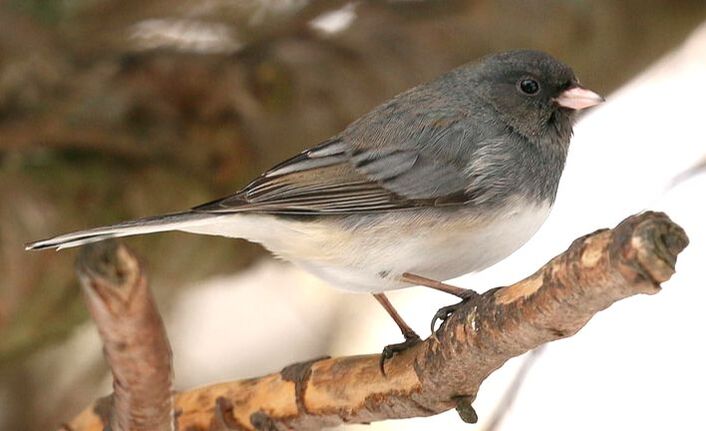
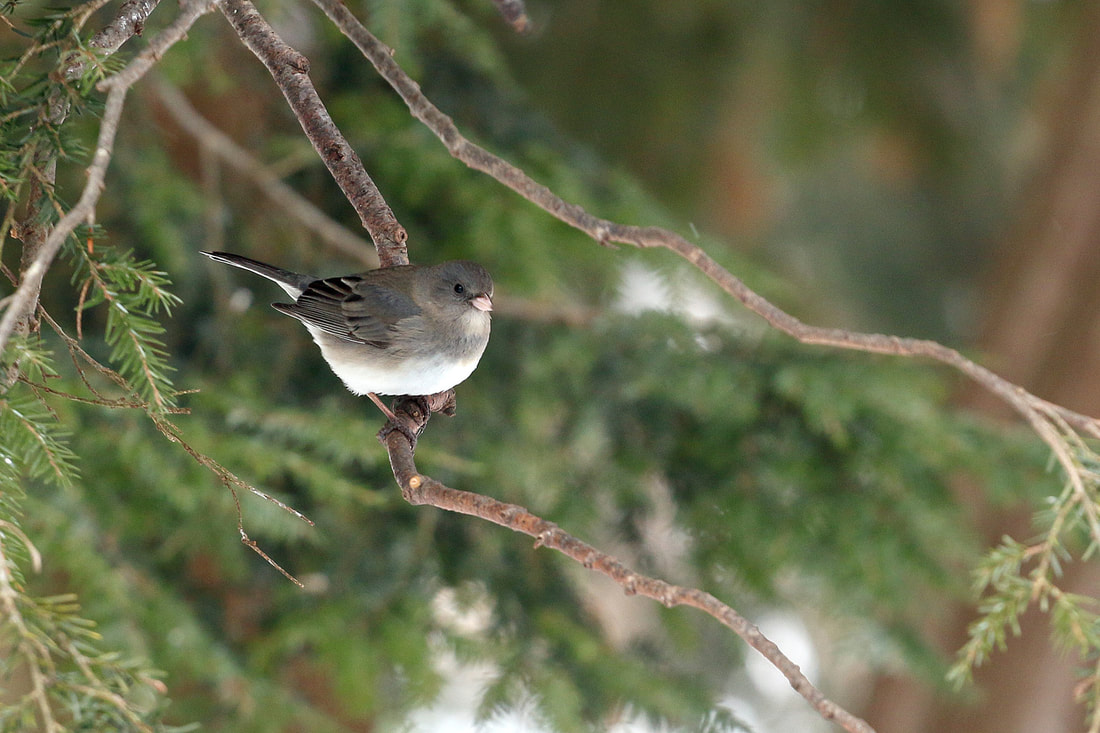
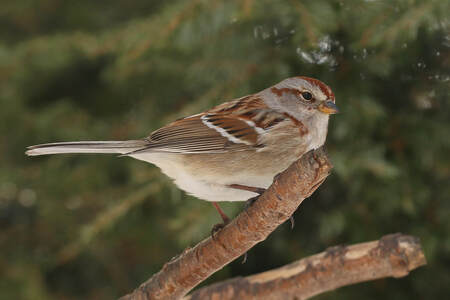
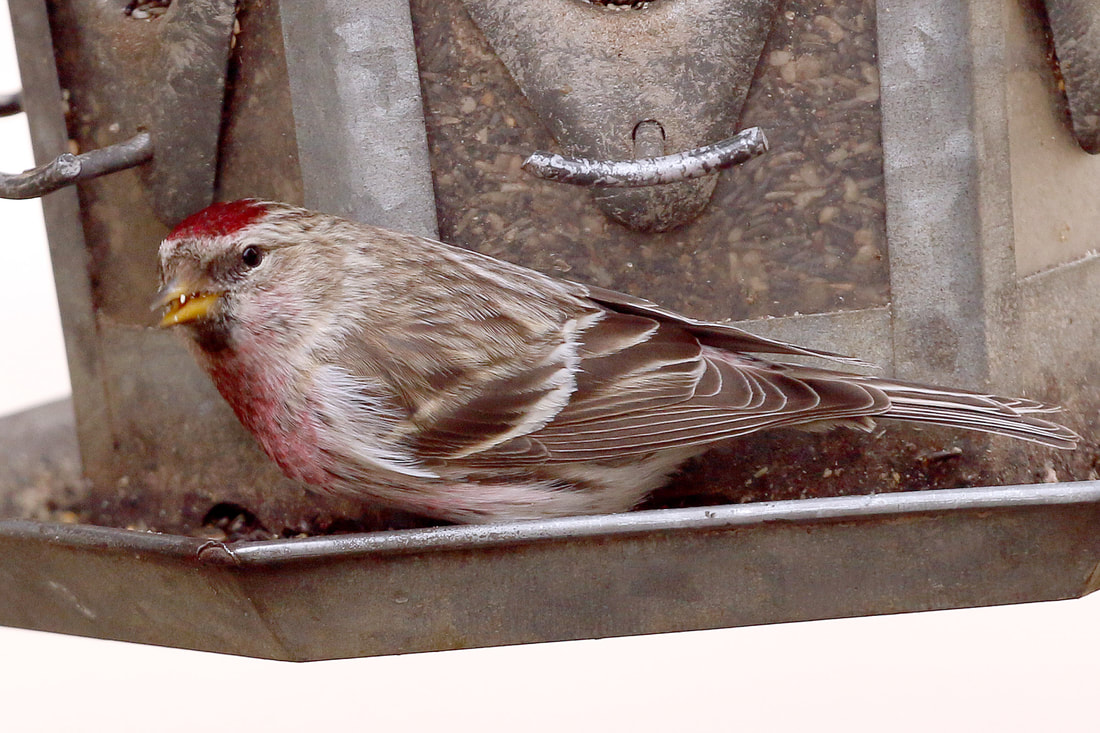



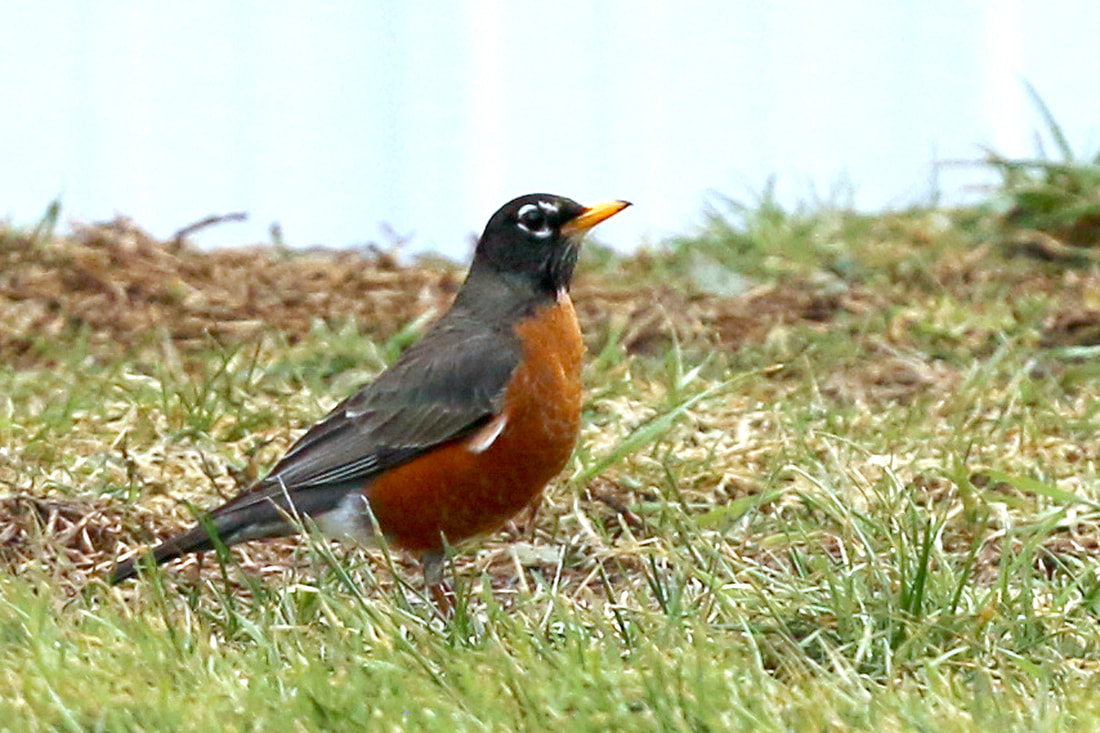
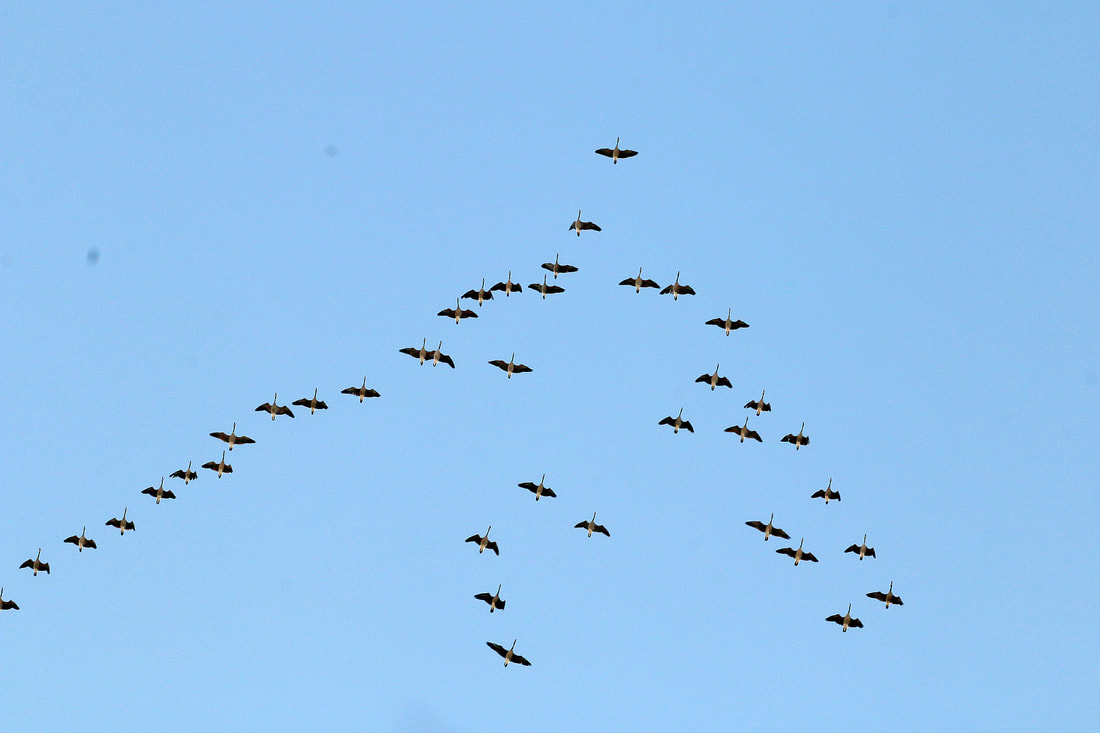
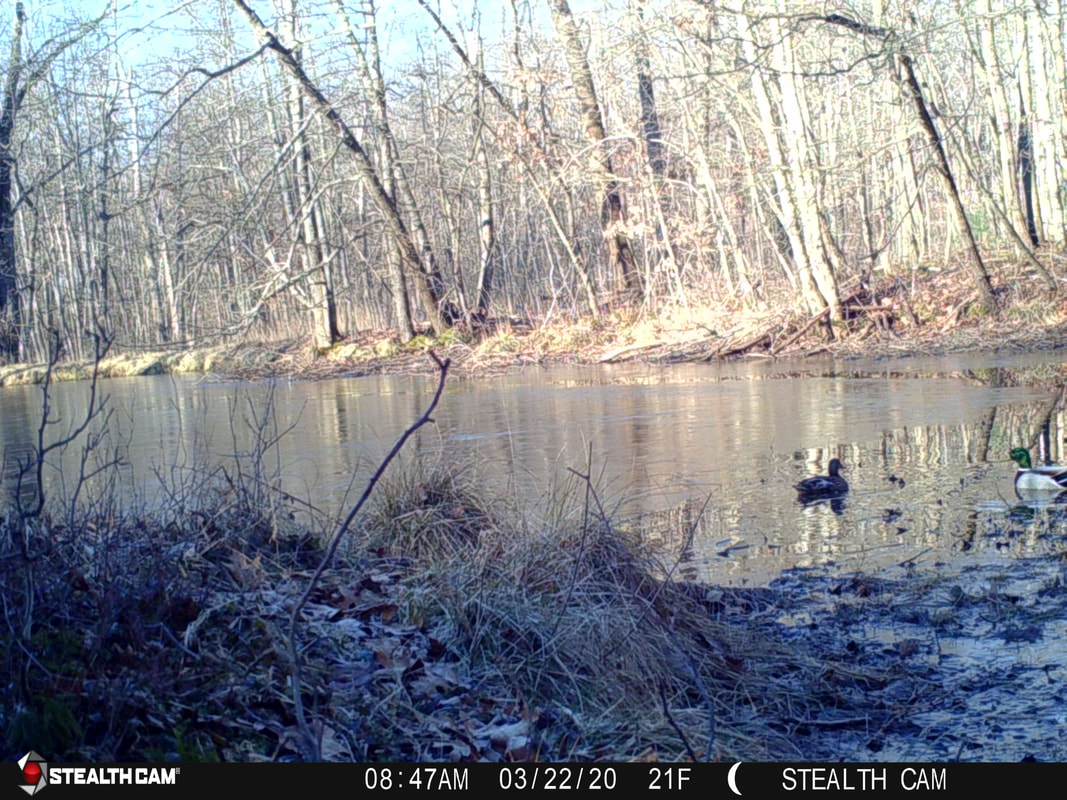


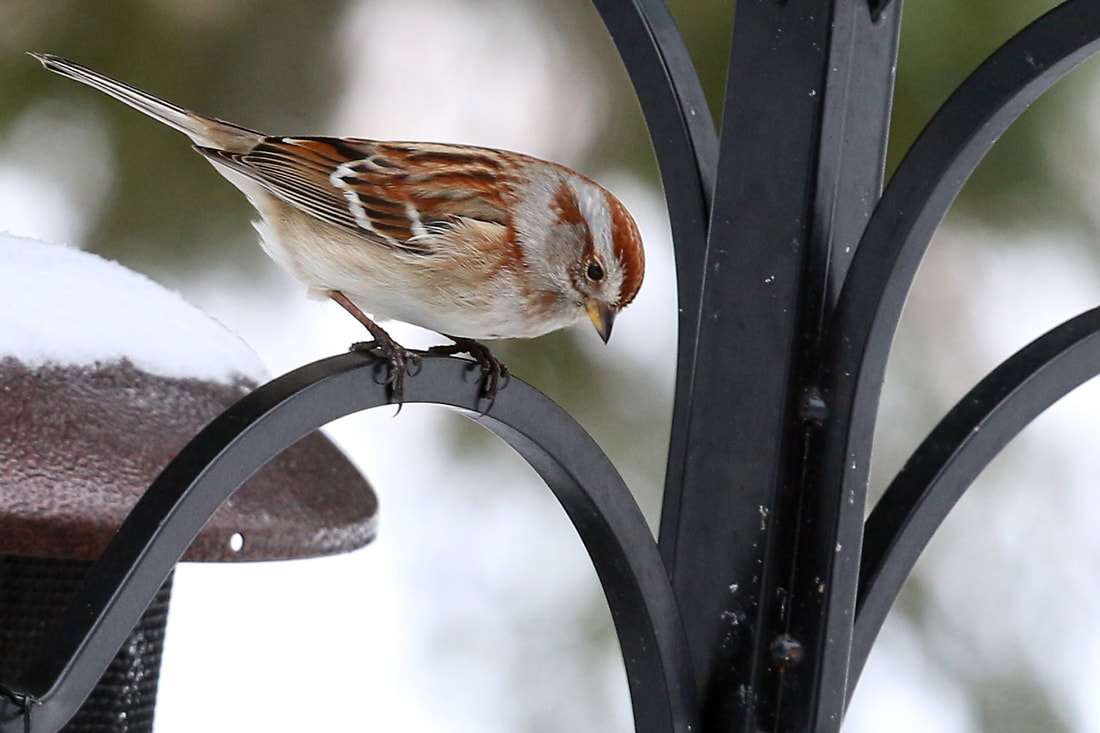
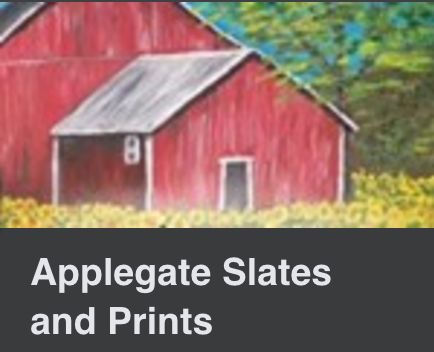



 RSS Feed
RSS Feed